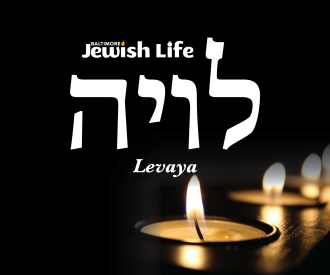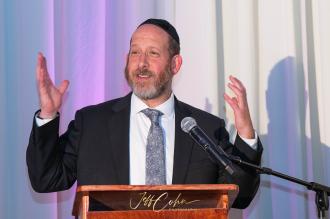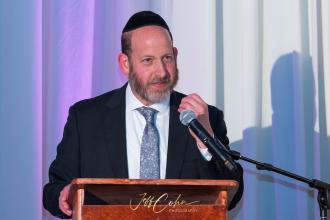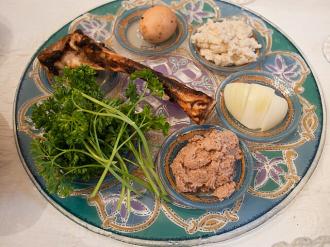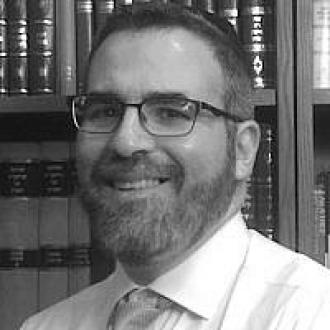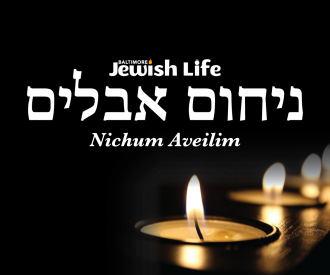You know that your product has made it when Yeshivos begin to ban it. Not only is the product a source of Bitul Torah, but the new craze has become a hilchos Shabbos issue.
What is it and why is it so appealing to young people?
The putty is similar to the old silly putty that many people grew up with, but with a lower viscosity. Most importantly, however, it has magnetic and luminescent components in it that cause it to behave in fascinating ways.
The product was invented by Aaron Muderick, a former software engineer who is now a mechanical engineer and a, not uncreative chemist. It seems that there is a new field of putty chemistry which it seems has given birth to a new field of halacha that we can call, “Putty Halacha.”
Muderick’s factory makes tons of putty each year, packing it in four-inch tins that have now found their way into yeshivos, day schools, and even Bais Yaakovs.
There are different types: Super Magnetic putties contain micron-sized micro magnets and come to life when it is around a magnet. The magnet charges the putty, then, as it develops magnetic poles, the putty repels. After a few seconds, it is attracted again and moves toward the magnet. The magnetic putties come in blue, black, silver and raspberry red.
There is the Super Illusion putties which come in three luminescent colors that shift depending on the angle of light. The Phantom putties react to ultraviolet rays and can be drawn or written on with a backlight keychain that come with these putties.
There is also a crystal clear putty, putties that change color with heat and glow-in-the-dark putties.
These putties cannot be used on Shabbos for a number of reasons.
There is the issue of memarayach, a sub-category of smoothing – memachaik. In the Mishkan the hides of the rams (ailim) needed to be smoothened to process them into the coverings of the Mishkan. Scraping or sanding any surface can be memachaik. Memarayach is a sub-category of Memachaik. It means smoothing a softer more pliable substance, such as wax. It refers to something than can be molded into a shape.
Regarding this softer concept of Memarayach – there are three categories:
Deoraisha – biblically forbidden smoothing – A pliant and easily moldable semi-solid such as wax, tar or fat. It must, however retain its shape to be considered deoraisah.
It should also be known that according to the Chayei Odom, if it retains its shape – it also violates Kosaiv. The Chayei Odom rules in regard to the laws of baking on Yom Tov that keeping a challah shape is considered writing. Poskim have ruled like this Chayei Odom.
Derabanan – if it does not retain its shape, smoothing it is forbidden by the Rabbis. Skin cream is a prime example of this, as is any thick salve or ointment. If it pours, however, it is permitted.
Permitted: If the item actually pours out then it is not forbidden even Rabbinically, and it is permitted.
There is another issue of Boneh – building. Forming a shape.
Another issue is cleaning clothing with the Thinking Putty. This is often a problem of Melabain, laundering. For the record, thinking putty also kills clothing. If it gets on clothing, it does not come off. This is different than silly putty, which can come off clothing.
As far as the issues of the magnet are concerned, they would have been permitted would the other issues have not been problematic.
One last thought: One teacher remarked, “I actually allow one of my students to play with the thinking putty, for some students – it can keep them focused.”
The author can be reached at yairhoffman2@gmail.com

